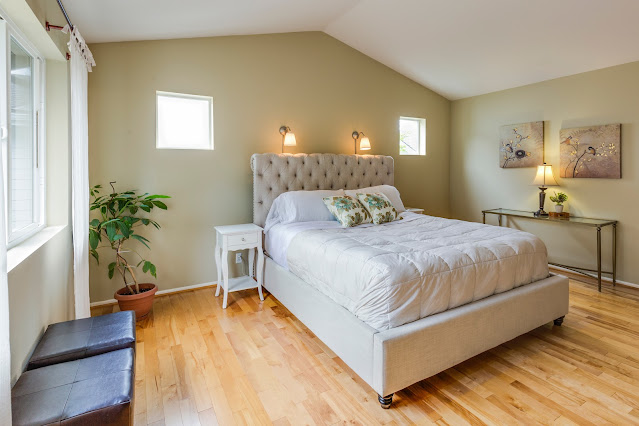Photo by Francesca Tosolini on Unsplash
More and more homeowners are turning to natural materials when installing flooring and cork is perhaps the most popular choice for the eco-friendly property owner. Easy to install, cork comes in tiles or planks and the secret to a smooth project completion lies in the substrate preparation, which you can have an in-depth look at in this short article.
Let The Cork Acclimatise
The cork tile packs should be opened to expose them to the atmosphere and they should be placed in the room to be installed for about 72 hours, in order to acclimatise to the temperature and humidity. The last thing you need is for the cork to shrink or expand after installation, which can happen if you don’t let the cork acclimatise.
Always buy from a reputable store to ensure you get quality cork tiles. If, for example, you are looking for cork floor Melbourne supplier, a search with the help of Google is all it takes to spot an established store near your preferred location.
Leading suppliers have floor showrooms and they have experts who can advise you on every aspect of the installation process.
Create A Smooth & Even Substrate
Prior to installing the plywood backing, make sure that the substrate is level with no bumps or hollows, as these might show up when the floor is installed. You can use a timber filler to smooth out hollows and a scraper to remove old flooring that is raised above the floor. Once set, you can sand down the filler until the finish is flat and smooth.
Remove The Skirting Boards
You should do this when removing the existing flooring and when you install the cork tiles (or planks), leave one-fourth inches of space around the perimeter, in case of expansion. Once the flooring is installed, you can replace the skirting boards to leave a professional finish.
Plywood Backing
If your substrate is concrete or screed, you need to fix 1/4 inch plywood sheeting as backing for the cork and when this is finished, there should be a flat, even surface with no bumps or hollows. Other substrates might require a different backing; you are not advised to install cork tiles directly onto a concrete floor.
Installing The Cork Tiles/Planks
Once the entire plywood floor is smooth, sweep the floor thoroughly, prepare the adhesive and cover a few square metres of the floor, and start installing the tiles from a corner of the longest wall. If you are installing planks, make sure you use different lengths on each row, as this helps knit the floor together, rather like the bricks on a wall. If you are installing cork planks, they will be tongue and grooved and you can use a rubber mallet to gently knock them into place.
Coating The Floor With A Sealant
Most cork floor manufacturers recommend using polyurethane to seal the floor, probably at least two coats and when that is dry, the floor is ready for use. Keep the doors and windows open during the drying process, which aids in the drying out process. You should not need to sand down new cork tiles, as they come pre-sanded and sometimes are also coated with sealant.
If this is the first time you are installing cork flooring, there are lots of YouTube videos that show each step of the preparation and installation, which will help you with the project.
Photo by Francesca Tosolini on Unsplash
When you are ready to buy the cork tiles/planks, take a drive to your local floor showroom, where you will find a wide range of top-quality cork flooring products, and you can choose your favourite. The staff are very knowledgeable and can answer any questions that you might have regarding your project.

